Find Help
More Items From Ergsy search
-
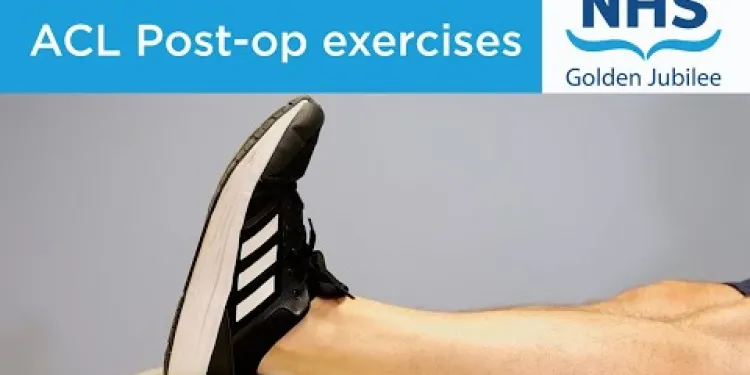
ACL exercises post-operation
Relevance: 100%
-
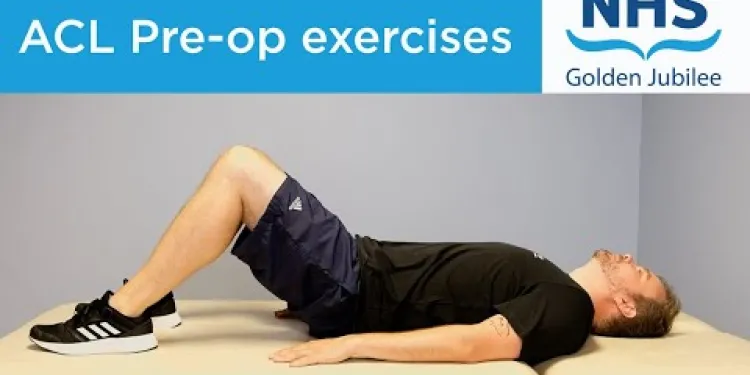
ACL pre-operation exercises
Relevance: 74%
-
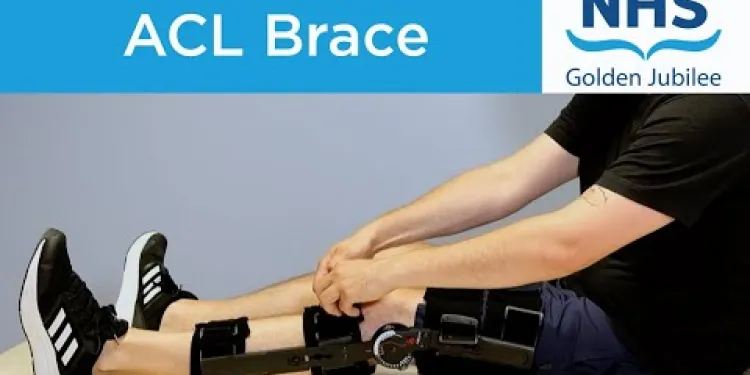
ACL Brace
Relevance: 56%
-

Neck Exercises
Relevance: 24%
-

Neck Exercises
Relevance: 24%
-

Shoulder Exercises 1
Relevance: 24%
-
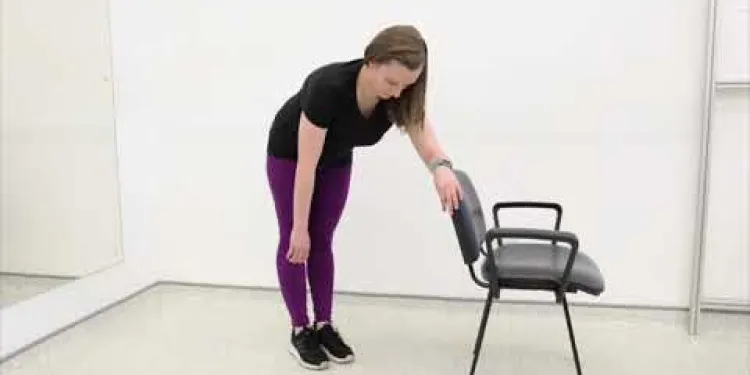
Frozen shoulder Pendular Exercises
Relevance: 24%
-
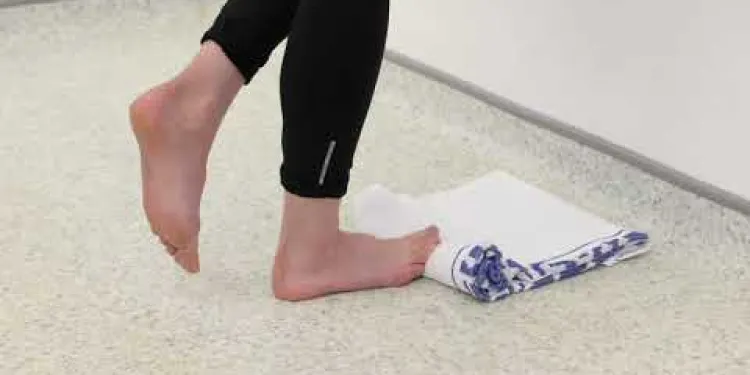
Plantar Fascia Loading Exercise (High Load Exercise)
Relevance: 23%
-

Facial exercise programme
Relevance: 23%
-
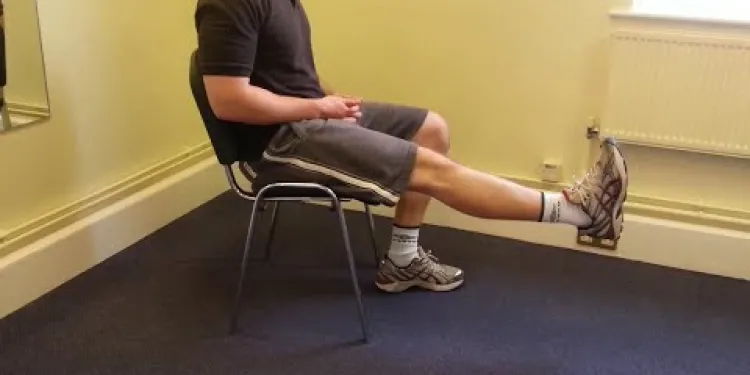
Knee Care Exercises
Relevance: 23%
-
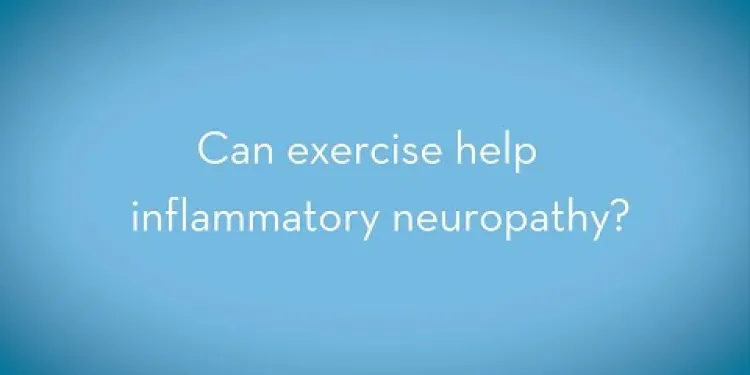
Exercise in patients with a neuropathy
Relevance: 23%
-

Neck Care Exercises
Relevance: 23%
-

Is it safe to exercise with a cold?
Relevance: 23%
-
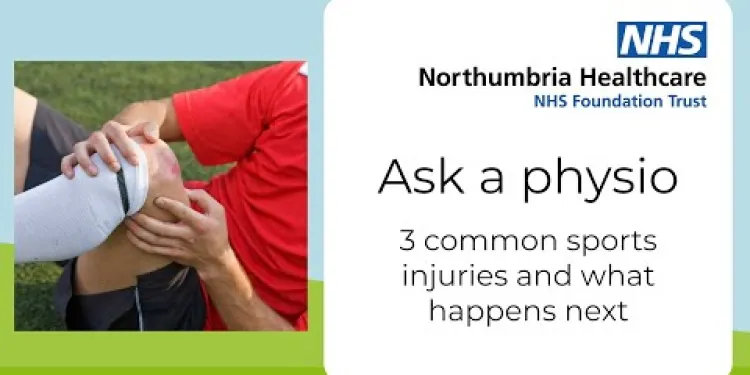
Ask a physio: 3 common sports injuries and what happens next
Relevance: 22%
-
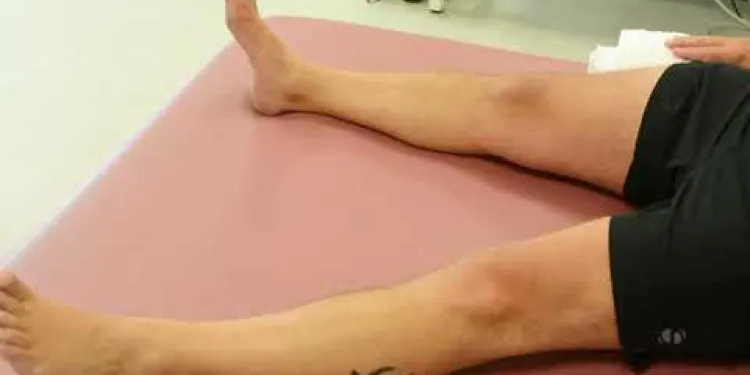
Joint School - Hip Exercises
Relevance: 22%
-
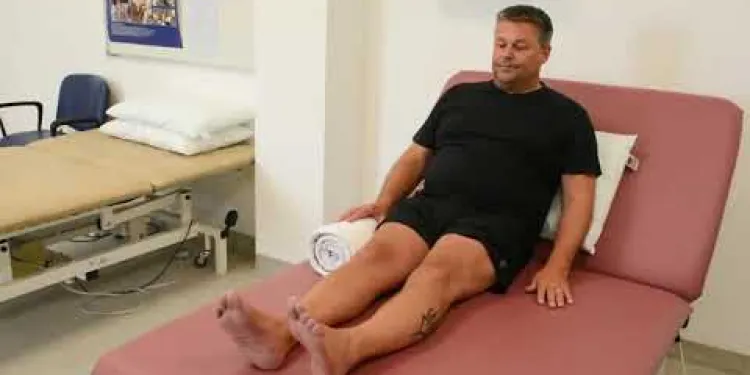
Joint School - Knee Exercises
Relevance: 22%
-

Will I be able to engage in physical exercise?
Relevance: 22%
-
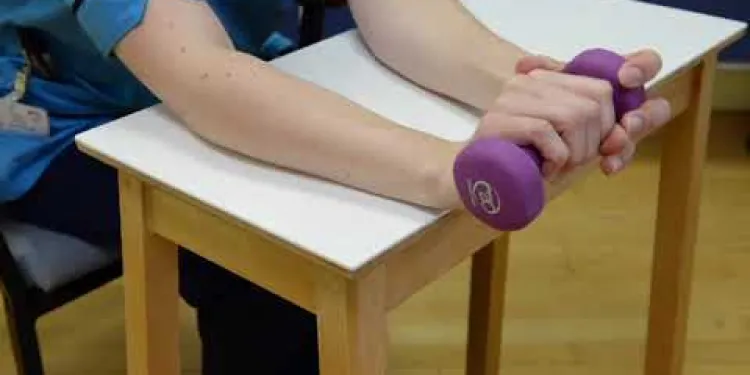
Elbow Eccentric Strengthening Exercise
Relevance: 21%
-

Exercise Routines for Busy Parents
Relevance: 21%
-

Can exercises help with labor preparation?
Relevance: 21%
-

How does exercise benefit pregnancy?
Relevance: 21%
-

Falls Prevention - strength and balance exercises
Relevance: 20%
-

Can exercise influence cortisol levels?
Relevance: 20%
-

Can I do high-impact exercises while pregnant?
Relevance: 20%
-

Can I do abdominal exercises during pregnancy?
Relevance: 20%
-
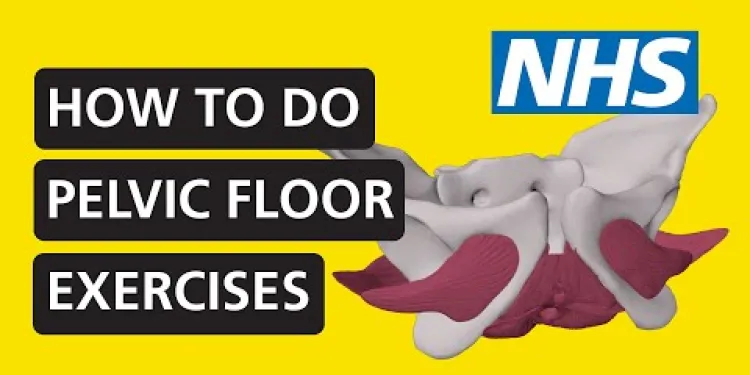
How to do pelvic floor exercises | NHS
Relevance: 20%
-

Is it safe to exercise outside during a heatwave?
Relevance: 20%
-

What exercises can I do during pregnancy?
Relevance: 20%
-

Can exercise trigger asthma symptoms?
Relevance: 20%
-
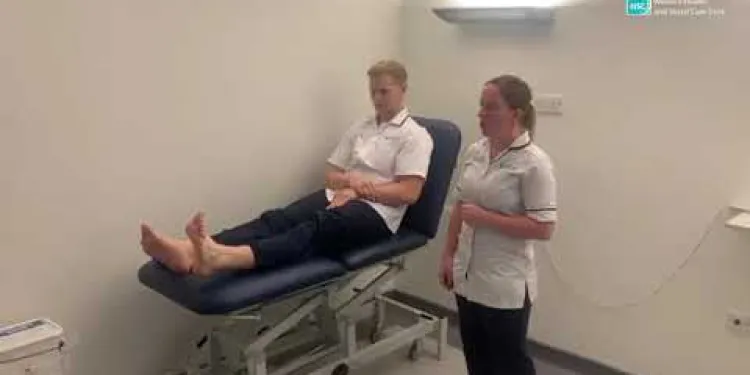
Physiotherapy Exercises following an Ankle Fracture
Relevance: 20%
-
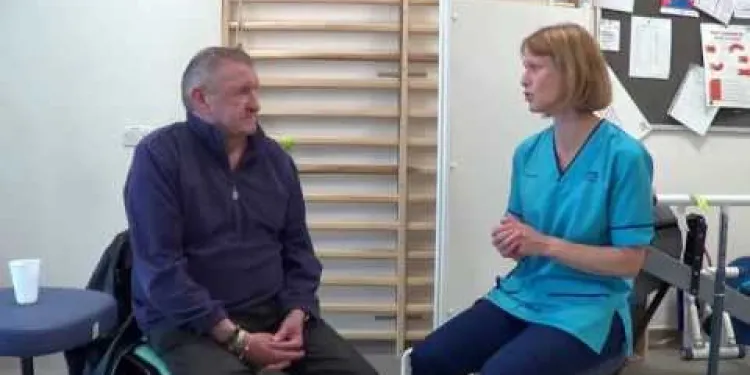
Clearing Your Chest with Breathing Exercises
Relevance: 20%
-
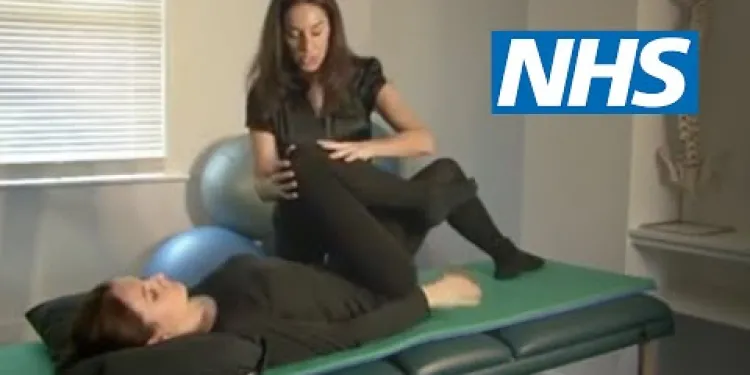
Exercises for sciatica: spinal stenosis | NHS
Relevance: 20%
-

How does exercise impact heart failure?
Relevance: 20%
-
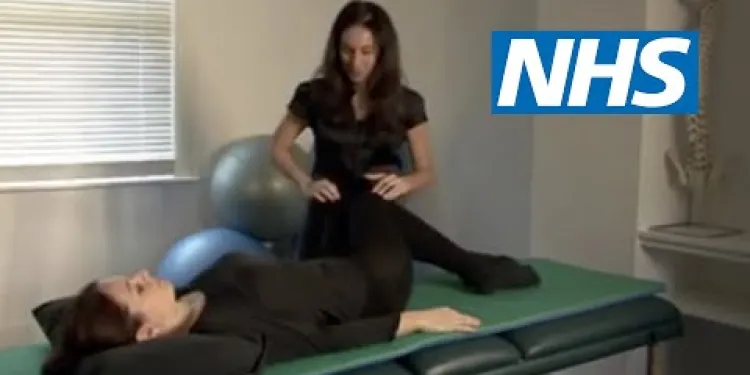
Exercises for sciatica: piriformis syndrome | NHS
Relevance: 20%
-

Can exercise help prevent gestational diabetes?
Relevance: 20%
-

Does physical exercise help people with CFS?
Relevance: 20%
-

Are there any exercises to avoid during pregnancy?
Relevance: 20%
-

How often should I exercise during pregnancy?
Relevance: 20%
-
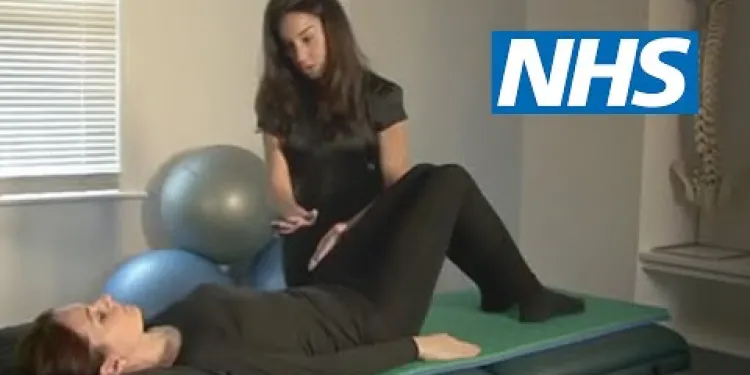
Exercises for sciatica: degenerative disc disease | NHS
Relevance: 20%
-

Can I take exercise classes during pregnancy?
Relevance: 20%
ACL Exercises Post-Operation
Introduction to ACL Rehabilitation
Anterior Cruciate Ligament (ACL) injuries are quite common, particularly among athletes. Post-operation for ACL reconstruction, rehabilitation exercises are crucial for recovery and regaining full function. This guide provides essential exercises and tips aimed at individuals in the United Kingdom to help them on their path to recovery.Early Phase: Weeks 1-2
During the initial phase, the focus is on reducing swelling and regaining the range of motion. Exercises should be gentle and controlled to prevent re-injury.- Ankle Pumps: Flex and extend your ankles slowly to improve circulation and reduce swelling.
- Heel Slides: While lying down, slide your heel towards your buttocks and then slide it back out, gradually increasing the bend in your knee.
- Quadriceps Sets: Tighten your thigh muscle while keeping your leg straight and hold for 5-10 seconds.
Mid Phase: Weeks 3-6
The focus in this phase is on regaining strength and improving balance. It is important to follow your physiotherapist's guidelines closely.- Straight Leg Raises: Holding your leg straight, slowly lift it to the level of your other knee and hold for 5 seconds before lowering it.
- Hamstring Curls: Bend your knee by bringing your heel towards your buttocks while keeping the upper leg stationary.
- Standing Calf Raises: Stand on both feet and slowly raise your heels off the ground, then lower them back down.
Late Phase: Weeks 7-12
In the late phase, exercises should focus on increasing strength, coordination, and agility.- Single-Leg Balance: Stand on one leg with a slight bend in the knee and try to maintain your balance for 30 seconds.
- Step-Ups: Step onto a low platform with one foot and then bring the other foot up, then step back down, repeating for each leg.
- Mini Squats: With your feet shoulder-width apart, bend your knees slightly, lowering your body as if sitting back in a chair before standing back up.
Advanced Phase: Months 3-6
This phase aims to prepare for the return to sports or more strenuous activities. Exercises should be high-intensity but controlled.- Lunges: Step forward into a lunge position, bending both knees to 90 degrees, then return to standing and repeat on the other side.
- Running Drills: Start with light jogging, gradually increasing speed and intensity. Include lateral movements and direction changes.
- Plyometric Exercises: Jumping exercises such as box jumps or hops help in regaining explosive power.
Conclusion
ACL rehabilitation requires time, patience, and consistency. Always follow the guidance of your healthcare provider or physiotherapist to ensure a safe and effective recovery. Remember, each individual's recovery journey is unique, and listening to your body is key to making steady progress.ACL Exercises After Surgery
What is ACL Rehabilitation?
The Anterior Cruciate Ligament (ACL) can get hurt easily, especially for people who play sports. After ACL surgery, doing special exercises helps you get better and move well again. This guide will tell you about exercises you can do in the UK to help with your recovery.Starting Exercises: Weeks 1-2
At the beginning, it's important to reduce knee swelling and help your knee move better. Be gentle with exercises to avoid getting hurt again.- Ankle Pumps: Move your ankles up and down slowly. This helps your blood flow and reduces swelling.
- Heel Slides: Lie down and move your heel towards your bottom, and then back. This helps bend your knee more.
- Quadriceps Sets: Tighten the muscle on the top of your leg while keeping it straight. Hold for 5-10 seconds.
Middle Exercises: Weeks 3-6
Now, it’s time to get stronger and work on balance. Always follow what your therapist says.- Straight Leg Raises: Keep your leg straight and lift it to the level of your other knee. Hold for 5 seconds and then lower it down.
- Hamstring Curls: Bend your knee to bring your heel towards your bottom while keeping the upper leg still.
- Standing Calf Raises: Stand and lift your heels off the ground, then slowly lower them back down.
Later Exercises: Weeks 7-12
These exercises focus on making you stronger and better at moving.- Single-Leg Balance: Stand on one leg with your knee slightly bent. Try to keep your balance for 30 seconds.
- Step-Ups: Step onto a low step with one foot, bring the other foot up, and then step back down. Do this for each leg.
- Mini Squats: Stand with feet apart like shoulders, bend your knees a bit as if sitting, then stand back up.
Advanced Exercises: Months 3-6
These exercises get you ready for sports and more active things. They should be tough but safe.- Lunges: Step forward and bend both knees, then stand back up and switch sides.
- Running Drills: Start with slow jogging, then go faster. Try moving sideways and changing directions.
- Plyometric Exercises: Do jumping exercises like box jumps or hops to help you get strong quickly.
Conclusion
Getting better from an ACL surgery takes time and patience. Always listen to your doctor or therapist for safe recovery. Everyone heals in their own time, so pay attention to how your body feels to make good progress.Frequently Asked Questions
What is the goal of ACL rehabilitation exercises post-operation?
The primary goal is to restore the normal function and strength of the knee, improve flexibility and range of motion, and ensure a safe and effective return to daily activities and sports.
When can I start doing exercises after ACL surgery?
You can generally begin light exercises within a few days after surgery, focusing on gentle range of motion and strength exercises as advised by your physiotherapist.
What types of exercises are recommended in the first week post-operation?
In the first week, you'll likely focus on gentle range of motion exercises like heel slides, quadriceps sets, and ankle pumps to reduce swelling and improve circulation.
How important are physiotherapy sessions after ACL surgery?
Physiotherapy is crucial in guiding your rehabilitation, ensuring you perform the right exercises, progress safely, and avoid complications.
When can I bear weight on my affected leg?
Weight-bearing usually begins gradually depending on your surgeon's and physiotherapist's recommendations, often with the aid of crutches for the first few weeks.
Can I do exercises at home or should I always visit a gym?
You can do many essential exercises at home with minimal equipment, but regular check-ins with your physiotherapist are necessary to track progress and adjust the program as needed.
What are some common exercises for regaining knee strength?
Common exercises include straight leg raises, mini squats, leg presses, and hamstring curls. These help in regaining strength in the quadriceps and hamstrings.
How often should I perform my ACL rehabilitation exercises?
It's typically recommended to perform your exercises daily or as directed by your physiotherapist to ensure consistent progress.
What should I avoid during my ACL rehabilitation exercises?
Avoid high-impact activities, sudden movements, or twisting motions that can put undue stress on the knee. Follow your physiotherapist’s advice closely.
How can I manage pain during rehabilitation exercises?
Pain management can include using ice packs, taking prescribed pain medications, and ensuring you don't overexert yourself during exercises.
Is cycling a good post-ACL surgery exercise?
Yes, stationary cycling is often recommended as it helps improve knee range of motion and builds strength without putting excessive strain on the joint.
When can I return to sports after ACL surgery?
Returning to sports can vary but generally occurs around 6-12 months post-surgery, depending on your progress and the type of sport. Always get clearance from your surgeon and physiotherapist first.
What role does balance training play in ACL rehabilitation?
Balance training is essential for improving proprioception and coordination, which can prevent future injuries and enhance overall knee stability.
Can I speed up my recovery process by doing more exercises?
It's important not to overdo exercises as it can lead to further injury. Always follow your physiotherapist's plan and progress gradually.
How can I ensure I'm performing my exercises correctly?
Regularly consult with your physiotherapist, use mirrors to check your form, and consider having someone help you at home if you’re unsure.
Why do you do exercises after an ACL operation?
After an ACL operation, exercises help make your knee strong again. They also help you move your knee better. Doing these exercises can help you get back to playing and doing the things you love.
Here are some things you can use to help:
- Follow a guide: Use a simple, step-by-step exercise plan.
- Pictures: Look at pictures of the exercises to understand them better.
- Ask for help: You can ask a physiotherapist or doctor to show you how to do the exercises.
The main goal is to help the knee work well again. We want to make it strong, bend easily, and move smoothly. This way, you can get back to your daily activities and sports safely.
When can I start exercising after ACL surgery?
After you have ACL surgery, you might wonder when you can start exercises. It's important to be careful so your knee can heal well. Always ask your doctor or physiotherapist. They will tell you the best time to start and what exercises are safe.
Here are some tips to help you:
- Listen to your doctor or physiotherapist. They know what's best for you.
- Start with easy exercises that are safe for your knee.
- Ask someone to help you if you find the exercises hard to follow.
- Use pictures or videos of exercises to understand them better.
You can usually start doing some easy exercises a few days after your surgery. These exercises should be gentle and help you move and get stronger. Your physiotherapist will tell you which exercises to do.
What exercises are good to do in the first week after an operation?
Here is how you can make it easy:
- Do gentle exercises. Don't do anything too hard or heavy.
- You can go for short walks. This helps you get better.
- Ask your doctor or nurse what exercises are safe for you.
- If it hurts, stop and rest.
- Use a timer to remind you to take breaks.
In the first week, you will probably start with easy exercises. These exercises help you move and help your body heal. You might do heel slides, where you slide your foot on the floor. You might also do quadriceps sets, which make your thigh muscles strong, and ankle pumps, where you move your foot up and down. These exercises help reduce swelling and make your blood flow better.
If you want extra help, you can use simple tools like illustrations or videos to show you how to do each exercise.
Why are physio sessions important after ACL surgery?
Physio helps you get better after surgery. It makes your knee strong again. It helps you move your leg without pain.
Try to go to all your physio sessions. The physio will show you easy exercises to do. You can do these at home too.
You might like to use videos or apps to help with exercises. Ask someone you trust for help if you need it.
Physiotherapy is very important for helping you get better after an injury. It makes sure you do the right exercises, get better safely, and stay away from problems.
When can I put weight on my hurt leg?
After surgery, you will start putting weight on your leg slowly. Your doctor and physiotherapist will tell you how to do it. You might need to use crutches to help you walk for the first few weeks.
Can I exercise at home or do I need to go to a gym?
You can do many important exercises at home without needing a lot of equipment. But it is important to see your physiotherapist often. They will help you see how you are doing and change your exercises if needed.
Easy Exercises to Make Your Knees Strong
Here are some simple exercises to help make your knees strong again. These are safe to do:
- Leg Lifts: Lie on your back and lift one leg up. Keep it straight. Then switch to the other leg.
- Knee Bends: Stand up and bend your knees a little like you are sitting on a chair. Then stand up straight again.
- Walking: Go for a short walk every day. Walking is good for your knees.
- Heel Raises: Stand up and raise your heels so you are on your toes. Then lower your heels back to the ground.
Helpful Tips:
- Do these exercises slowly and gently. Your knees need time to get strong.
- You can use a chair or wall to help balance if you need it.
- If something hurts, stop and rest.
Here are some easy exercises to help your legs get stronger:
- Lift your straight leg up and down.
- Do small squats where you bend your knees just a little.
- Use a machine or ask for help to press with your legs.
- Curl your leg to work on the back of your thigh.
These exercises help make your front and back thigh muscles strong.
How often should I do my ACL recovery exercises?
It is important to do your ACL exercises regularly so your knee gets better. Try to do them every day. You can ask your doctor or therapist for help. They can tell you which exercises to do and how often.
Here are some tips to help you remember to do your exercises:
- Set a reminder on your phone.
- Ask a friend or family member to help remind you.
- Do the exercises at the same time every day.
If you feel pain when doing the exercises, stop and talk to your doctor or therapist.
It's a good idea to do your exercises every day. This helps you get better faster. If you have a physiotherapist, follow what they say.
What should I not do when I am getting better from an ACL injury?
When your knee is healing, some things can hurt it more. Here are some things you should not do:
- Do not do exercises that make your knee hurt.
- Do not do hard jumping or running.
- Do not twist your knee too much.
It is important to listen to your body. If something hurts, stop doing it.
You can ask your doctor or therapist for help. They can show you safe exercises.
Do not do things that can hurt your knee. This means no running or jumping. Try not to twist or move fast. Listen to what your physio (a doctor for your muscles and bones) tells you. They know how to help your knee get better.
How can I handle pain when doing rehab exercises?
When you do rehab exercises, you might feel pain. Here are some easy tips to help:
- Go slow: Take your time. Do the exercises slowly.
- Talk to a helper: If you have a doctor or therapist, ask them for advice.
- Use ice or heat: Put a cold or warm pack on the area that hurts to feel better.
- Take breaks: Rest when you need to. Don’t do too much at once.
- Breathe deeply: Take deep breaths to stay calm and relax your body.
Remember, if the pain is too much, stop and tell a grown-up or a helper.
If you are in pain, you can try a few things to feel better. You can put ice packs on the sore area. You can also take the medicine the doctor gave you. Make sure you don't do too much exercise, too, as that can make the pain worse.
Can I ride a bike after having surgery on my knee?
Yes, riding a bike that doesn't move is good for your knees. It helps your knees move better and makes them strong. It doesn't hurt your knees too much.
When can I play sports after ACL surgery?
If you had surgery on your knee (ACL), you might want to know when you can play sports again. It's important to listen to your doctor. Usually, people need to wait some months before playing sports. Your knee needs time to heal and get strong.
Here’s what you can do:
- Talk to your doctor or person helping you get better.
- Do special exercises they give you. These help your knee get strong.
- Be patient. Healing takes time.
Tools that can help:
- Use a planner to track your progress.
- Ask someone you trust to help and remind you.
Remember, taking your time helps you get back to sports safely.
When you can play sports again depends on how you're doing and the sport you play. It usually takes about 6 to 12 months after surgery. Always check with your doctor and physiotherapist before you start playing sports again.
How does balance training help when fixing an ACL injury?
When you hurt your knee, you might need to fix a part called the ACL.
Balance training can help! It makes your knee strong and steady.
You can use balance boards or stand on one leg to practice.
Ask a doctor or therapist to help you with exercises. They can show you safe ways to get better.
Balance exercises help your body know where it is and move better. This can stop you from getting hurt in the future and make your knees stronger.
Will doing more exercises help me get better faster?
Moving and exercise can help your body heal. But doing too much can be bad. Listen to your body. If you feel tired or sore, you should stop and rest.
Ask a doctor or a health professional for advice. They can tell you what exercises are okay.
Using tools like stretching bands or having someone to help you can be good. Take things slow and steady.
Don't do too much exercise because it can cause more injuries. Always follow what your physio says and take small steps to get better.
How can I make sure I do my exercises the right way?
Follow these steps to do your exercises safely:
- Ask a trainer for help: A trainer can show you how to do the exercises right.
- Use videos or apps: Look for exercise videos online or use apps that show the right way to move.
- Practice in front of a mirror: Watch yourself in a mirror to check your moves.
- Start slow: Begin with simple exercises and go slow until you feel comfortable.
- Listen to your body: If something hurts, stop and try a different way.
Talk to your physiotherapist often. Use mirrors to see how you are moving. If you are not sure, ask someone at home to help you.
Useful Links
- Ergsy carfully checks the information in the videos we provide here.
- Videos shown by Youtube after a video has completed, have NOT been reviewed by ERGSY.
- To view, click the arrow in centre of video.
- Most of the videos you find here will have subtitles and/or closed captions available.
- You may need to turn these on, and choose your preferred language.
- Go to the video you'd like to watch.
- If closed captions (CC) are available, settings will be visible on the bottom right of the video player.
- To turn on Captions, click settings .
- To turn off Captions, click settings again.
More Items From Ergsy search
-

ACL exercises post-operation
Relevance: 100%
-

ACL pre-operation exercises
Relevance: 74%
-

ACL Brace
Relevance: 56%
-

Neck Exercises
Relevance: 24%
-

Neck Exercises
Relevance: 24%
-

Shoulder Exercises 1
Relevance: 24%
-

Frozen shoulder Pendular Exercises
Relevance: 24%
-

Plantar Fascia Loading Exercise (High Load Exercise)
Relevance: 23%
-

Facial exercise programme
Relevance: 23%
-

Knee Care Exercises
Relevance: 23%
-

Exercise in patients with a neuropathy
Relevance: 23%
-

Neck Care Exercises
Relevance: 23%
-

Is it safe to exercise with a cold?
Relevance: 23%
-

Ask a physio: 3 common sports injuries and what happens next
Relevance: 22%
-

Joint School - Hip Exercises
Relevance: 22%
-

Joint School - Knee Exercises
Relevance: 22%
-

Will I be able to engage in physical exercise?
Relevance: 22%
-

Elbow Eccentric Strengthening Exercise
Relevance: 21%
-

Exercise Routines for Busy Parents
Relevance: 21%
-

Can exercises help with labor preparation?
Relevance: 21%
-

How does exercise benefit pregnancy?
Relevance: 21%
-

Falls Prevention - strength and balance exercises
Relevance: 20%
-

Can exercise influence cortisol levels?
Relevance: 20%
-

Can I do high-impact exercises while pregnant?
Relevance: 20%
-

Can I do abdominal exercises during pregnancy?
Relevance: 20%
-

How to do pelvic floor exercises | NHS
Relevance: 20%
-

Is it safe to exercise outside during a heatwave?
Relevance: 20%
-

What exercises can I do during pregnancy?
Relevance: 20%
-

Can exercise trigger asthma symptoms?
Relevance: 20%
-

Physiotherapy Exercises following an Ankle Fracture
Relevance: 20%
-

Clearing Your Chest with Breathing Exercises
Relevance: 20%
-

Exercises for sciatica: spinal stenosis | NHS
Relevance: 20%
-

How does exercise impact heart failure?
Relevance: 20%
-

Exercises for sciatica: piriformis syndrome | NHS
Relevance: 20%
-

Can exercise help prevent gestational diabetes?
Relevance: 20%
-

Does physical exercise help people with CFS?
Relevance: 20%
-

Are there any exercises to avoid during pregnancy?
Relevance: 20%
-

How often should I exercise during pregnancy?
Relevance: 20%
-

Exercises for sciatica: degenerative disc disease | NHS
Relevance: 20%
-

Can I take exercise classes during pregnancy?
Relevance: 20%


